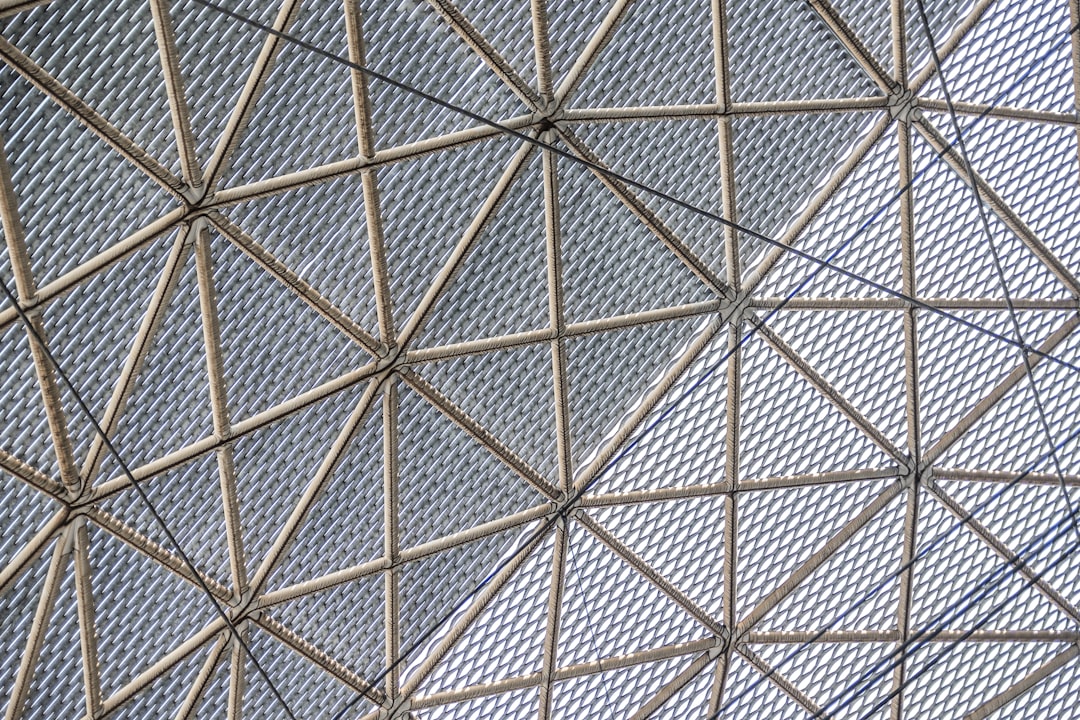What is it about?
The effects of Neodymium (Nd) on the electrical properties of low density polyethylene in relation with morphological aspects are reported in this article. Scanning electron microscopy and optical microscopy revealed a quasi-uniform dispersion of Nd particles in polyethylene, both individual particles and clusters being observed. Contact angle measurements showed a decrease of contact angle values and, thus, of surface hydrophobicity, with the increase of Nd content. The addition of Nd in polyethylene determined the increase of electric permittivity and conductivity. The variation of permittivity was explained considering the influence of polar species (additives, oxidation products, neodymium oxide), highlighted by Fourier transform infrared analysis.
Featured Image
Why is it important?
Polyethylene composites with 0 – 15 wt% Nd were prepared by efficient melt nixing and compression molding. Maleic anhydride graft polyethylene was used as compatibilizing agent in these composites. Electrical properties of composites at different temperatures and frequencies of the applied electric field were studied in this paper and were analyzed considering the morpho-structural characteristics of composite materials. The addition of Nd in polyethylene determined the increase of electrical permittivity and conductivity. The real part of permittivity showed weak dependence on frequency for polyethylene but a steep decrease for composites, especially for that with higher amount of Nd. Moreover, a slight decrease of permitivity with the increase of temperature was obtained for polyethylene and a large decrease for composites with higher amount of Nd, especially at higher temperature (≥70°C). The variation of permittivity in polyethylene and composites was explained considering the influence of polar species (additives, oxidation products, neodymium oxide) highlighted by FTIR analysis.
Read the Original
This page is a summary of: Electrical Properties of Polyethylene Composites with Low Content of Neodymium, Polymer-Plastics Technology and Engineering, April 2015, Taylor & Francis,
DOI: 10.1080/03602559.2014.996906.
You can read the full text:
Contributors
The following have contributed to this page










